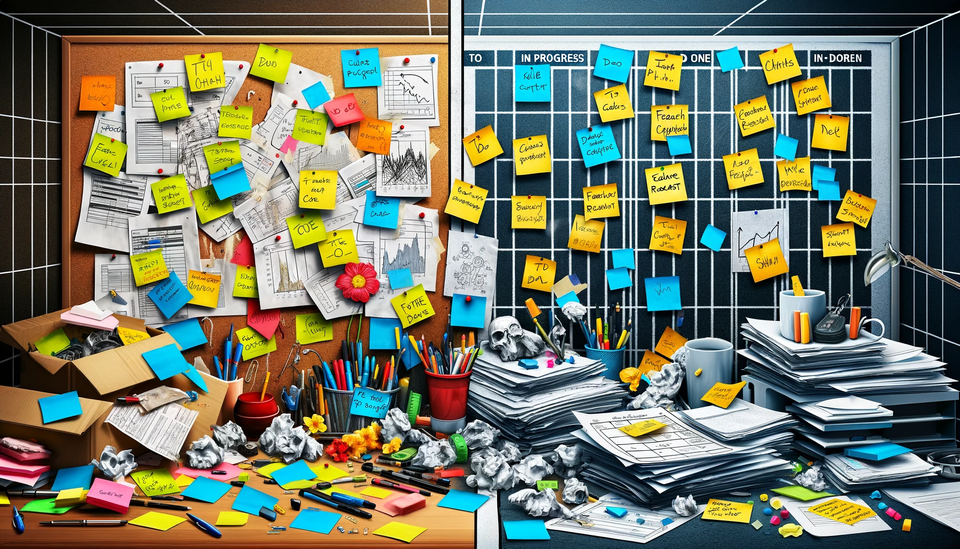Prioritizing Features: A Game That Teaches Real-World Product Management

Introduction: The Intersection of Gaming and Product Strategy
As a seasoned game developer with two decades of experience in mobile applications, I've seen firsthand the convergence of gaming mechanics and product management principles. In the dynamic landscape of software development, prioritizing features is not just a task but an art — one that requires foresight, strategy, and an understanding of customer needs. It's here, at this intersection, that games emerge as a powerful medium for teaching real-world product management.
The Game of Features: A Simulated Product Management Experience
Imagine a game where players are tasked with developing a virtual product. The challenge? To navigate the ever-evolving demands of the market and internal stakeholders while balancing technical debt and resource constraints. This is the essence of "FeatureFront", a hypothetical game designed to simulate the high-stakes environment of product management.
Engaging with Constraints: The Core of Strategic Learning
In "FeatureFront", players encounter a common scenario: a backlog brimming with feature requests, but with limited time and developers to implement them. It's a direct parallel to the real-world dilemma of feature prioritization. The game teaches through doing — players must evaluate the potential impact, cost, and alignment with business goals for each feature, making tough calls and occasionally facing the consequences of their decisions.
Interactivity and Feedback: Mirroring Agile Methodologies
The game's engine is built to mimic agile development processes. Players receive constant feedback from virtual stakeholders and end-users, much like the sprint reviews in agile frameworks. This immediate feedback loop not only reinforces the learning objectives but also ingrains the agile principle of iterative development and continuous improvement.
Balancing Stakeholder Interests: A Diplomatic Tightrope
One of the game's critical lessons is managing stakeholder expectations. Players learn to negotiate and communicate effectively, providing rationales for prioritizing certain features over others. This aspect of the game is reflective of the daily negotiations product managers undertake, balancing technical feasibility with market demands and executive pressures.
Data-Driven Decisions: Utilizing Metrics to Guide Strategy
"FeatureFront" equips players with virtual analytics tools to interpret data and make informed decisions, echoing the metrics-driven approach necessary in product management. Understanding user engagement, retention, and satisfaction becomes crucial in deciding which features to develop next.
Failure as a Lesson: Embracing Setbacks in a Safe Environment
Importantly, the game environment allows players to fail and learn from their mistakes without real-world repercussions. Failed feature implementations serve as valuable lessons in assessing risk and refining strategy — an educational experience that parallels the trial and error of actual product development.
Conclusion: The Gamification of Product Management Education
Games like "FeatureFront" represent a new frontier in professional development, one where gamification extends beyond engagement to become a tool for imparting complex business strategies. For those aspiring to enter product management or looking to refine their skills, such games offer a compelling, interactive, and practical avenue for learning. As the tech industry continues to evolve, the synergy between gaming and product management education becomes increasingly valuable, providing a sandbox for innovation, strategy, and growth.
In essence, the power of gaming to model real-world systems presents an untapped potential for professional development. As we continue to explore this nexus, we can create engaging platforms that not only entertain but also educate and empower the next generation of tech leaders.
